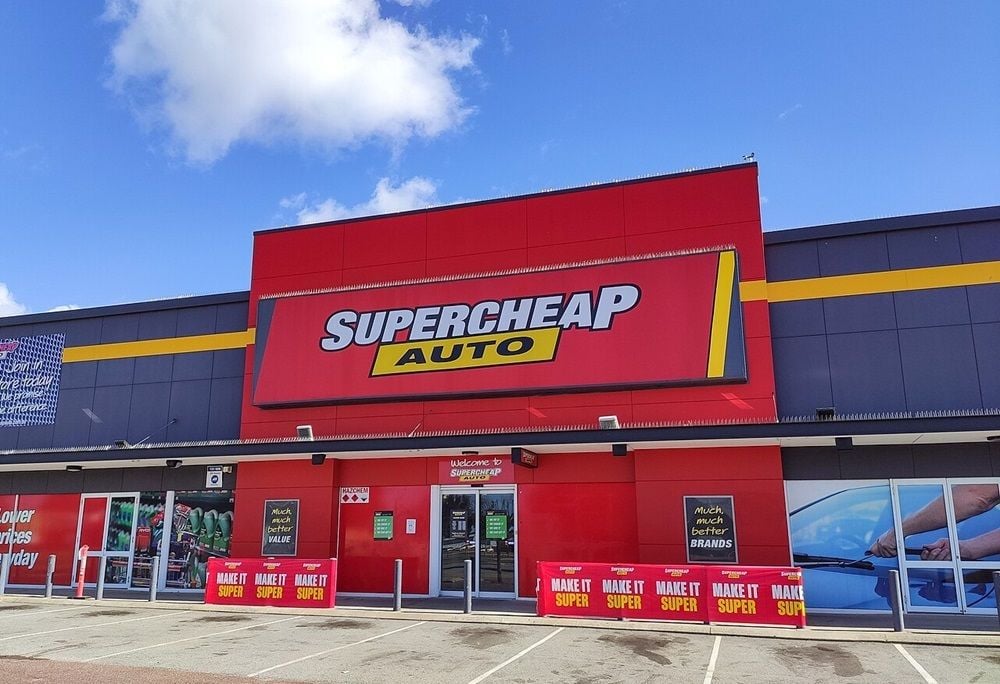While remote work has gone hand in hand with the acceleration of digital economies in recent years, a report put together by the CSIRO and the Tech Council of Australia shows twin realities of numerous emerging regional digital hubs combined with a heightened concentration of digital work in certain capital city areas.
Australia’s digital technology clusters have been mapped and analysed on a national scale for the first time in the report The geography of Australia’s digital industries, identifying 96 clusters including four classed as 'super clusters' - the Sydney Arc, the Melbourne Diamond, the Brisbane Corridor, and the Canberra Triangle.
"Greater capital city clusters, particularly their central business districts, are making the most significant contributions to the national growth of the digital technology industry workforce," the report authors write.
"Sydney-Miller Point contributes nearly 12 per cent to the national growth, followed by Docklands (6.1 per cent), Melbourne CBD-West (3.96 per cent) and Brisbane City (3.67 per cent)."
The Sydney Arc, extending from North Ryde to Redfern, accounts for more than one fifth of Australia's workers in digital occupations, or 119,636 people, and 81 ASX-listed digital companies worth $52 billion.
This compares to the Melbourne Diamond - with its corners in Parkville, Docklands, St Kilda and Richmond - which has 95,122 digital workers, and 62 ASX-listed digital tech companies worth $203 billion.
The other two super clusters are much smaller. The Brisbane Corridor - running along the river from Toowong to Newstead and Bowen Hills - has 33,534 workers in digital occupations, and 19 ASX-listed digital tech companies worth $13.29 billion.
The Canberra Triangle - with Civic at its centre, Belconnen in the north, Phillip to the south, and the airport in the west - employs 19,362 workers in digital occupations, two ASX-listed digital tech companies worth $60.14 billion.
Researchers found that 55 per cent of Australia's digital workers were in a cluster, and firms in clusters generate 63 per cent more intellectual property patents.
Report not about finding next 'Silicon Valley'
CSIRO's acting chief executive Kirsten Rose says understanding patterns in cluster is important as international research shows their many benefits.
“The experience globally has shown that firms in clusters grow, employ and innovate at a faster rate,” she says.
“We know comparatively little about this in Australia, but what this report tells us very clearly is that geography matters and understanding that geography can help us catalyse growth.”
Lead report author and CSIRO principal researcher Dr Stefan Hajkowicz says the report identifies four capital city-based super clusters along the east coast, as well as significant, but smaller clusters in places such as Perth, Hobart and Darwin.
“The report has also noted the rise of highly specialised clusters in regional areas, for example we are seeing the rapid growth of the graphic design profession in coastal areas like Burleigh Heads," Dr Hajkowicz says.
“We’re not searching for Australia’s Silicon Valley; we have our own clusters with their own unique blend of technology specialisations, companies, and cultures.
“But we do see the same patterns of intense spatial clustering of technology industry occurring in places like California (USA), Cambridge (UK), Toulouse (France) and other places worldwide.”
Tech Council of Australia CEO Kate Pounder says the 36 regional specialist clusters – which includes Noosa, Newcastle, Queanbeyan, Geelong and Torquay - proves that digital innovation can happen anywhere in Australia.
These clusters are in regional areas and have significant tech workforces which often specialise in one or two areas.
”This research shows that great ideas and industries can spring up anywhere in Australia,” Pounder says.
“It’s an incredible achievement as a nation to have 96 different clusters spread around the country creating jobs and opportunity for a range of communities and workers.
“Giving a range of communities access to this opportunity is vital as this report highlights the benefits for communities of being in a cluster.
"Given tech jobs are amongst the fastest-growing, best-paid and most flexible jobs in the country, it’s a great advantage for any community to have a cluster in their area."
Measuring the concentration of digital jobs
Location quotients provide further insights about specific areas all over the country, as a measure of how the percentage of digital workers in a place stacks up against the rest of the country.
Some of the highest urban location quotients were North Sydney-Lavender Bay (5.2) and Redfern (4.8) in the NSW capital, while Docklands in Melbourne had a figure of 4.8 and the Canberra suburb of Greenway stood at 4.16.
Despite its super cluster status, Brisbane's location quotients tracked lower at 3.01 for Fortitude Valley and 2.89 for the Brisbane CBD. To contextualise these numbers, if Brisbane's most concentrated tech hub were compared on this metric to Sydney and Melbourne districts, it would rank 9th or 7th respectively.
In Adelaide, the highest location quotient was in Mawson Lakes-Globe Derby Park at 2.9, and for Perth it was 2.39 for Perth West-Northbridge. With regards to regional niche clusters - where the absolute numbers of digital workers are much lower than in the capitals - notable quotients were to be found in the Gold Coast suburb of Burleigh Heads (3.16), Sippy Downs on the Sunshine Coast (2.12), the regional Victorian areas of Buninyong (4.3), Torquay (2.68) and North Geelong-Bell Park (2.41), and the digital nomad haven of Byron Bay (2.91).
The research also tracked how location quotients had changed in the decade to 2021, with growth in concentration for Redfern, Docklands, Sydney North, Glen Iris, Surry Hills, Southbank East, Parramatta North.
Areas where the concentration declined sharply include North Ryde, East Ryde, Macquarie Park-Marsfield, Pyrmont, Canberra Airport, Albert Park, Ultimo, South Yarra - West, Spring Hill and Newstead-Bowen Hills.
Get our daily business news
Sign up to our free email news updates.

)
)
)
)
)
)

